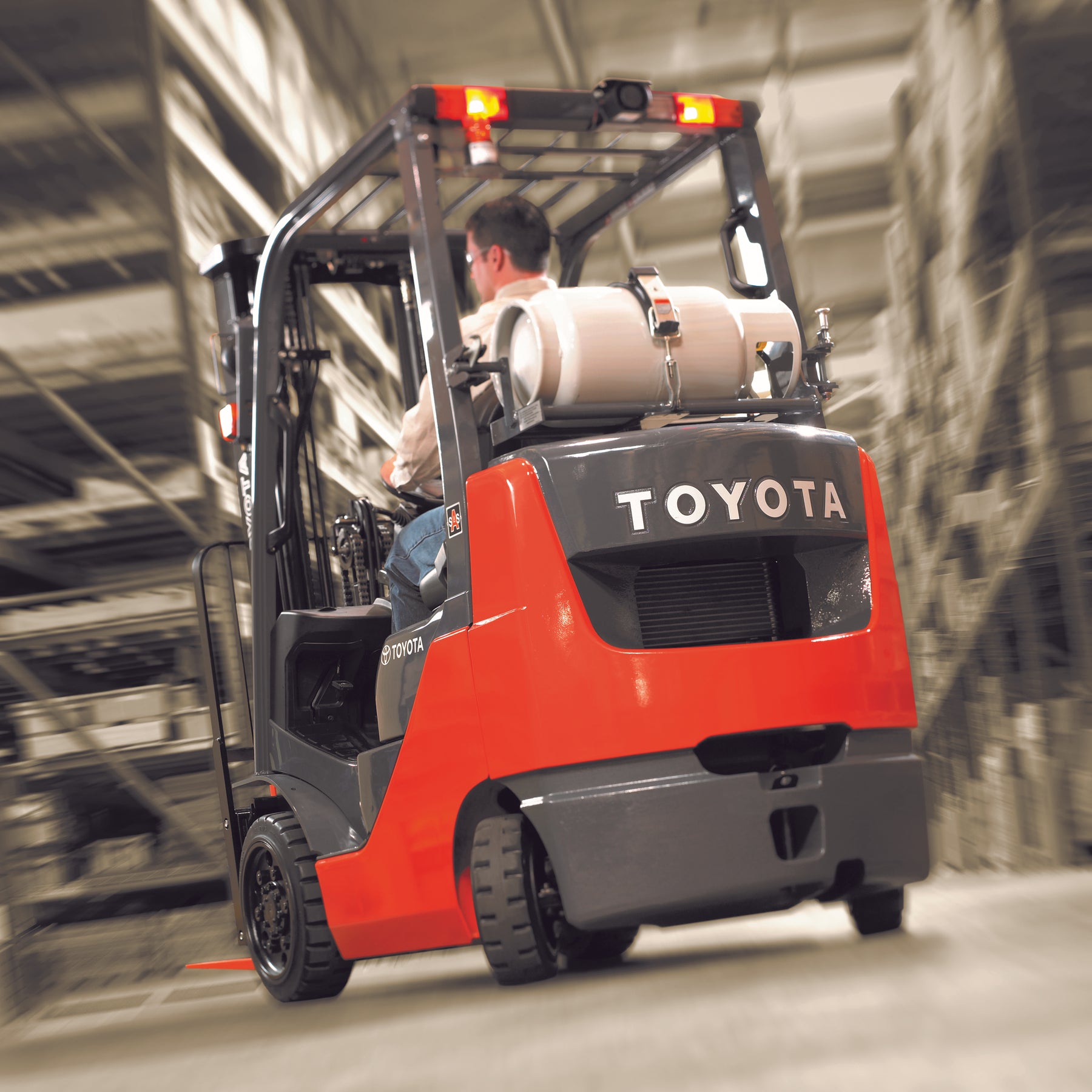
Internal Combustion Forklift vs. Electric Forklift: Which is Right for Your Needs?
One very important consideration to make when purchasing a new forklift is deciding on the type of propulsion system you want: internal combustion or electric motor. To help you determine which forklift is right for your material handling needs, here is a comparison of internal combustion and electric forklifts from your friends here at Liftow Limited:
Load CapacityIn general, either internal combustion or electric forklift can be used for material handling applications up to 12,000 pounds. However, when loads are heavier than 12,000 pounds, an internal combustion engine is needed. The internal combustion-powered Toyota 7 Series, for example, has a maximum load capacity of 15,500 pounds, 3,500 pounds more than the electric model.
Emissions
If load capacity and lift height specifications are not a primary concern when choosing between internal combustion and electric forklift, then perhaps forklift emissions will be a bigger consideration. Electric forklifts have little to no emissions during operation, making them suitable for indoor material handling. With proper ventilation, internal combustion forklifts using liquefied petroleum gas can also be used indoors. However, they cannot be used in or near controlled atmosphere rooms or in a cold storage warehouse due to limited ventilation provisions.
WeatherproofingElectric propulsion systems are much more sensitive to the elements than internal combustion propulsion systems are. And while additional seals and weatherproofing can make an electric forklift suitable for outdoor use in wet weather, these additional measures increase manufacturing costs and make battery changing more difficult and time consuming. Internal combustion forklifts, on the other hand, can be used outdoors in virtually any weather without additional sealing or weatherproofing.



Leave a comment